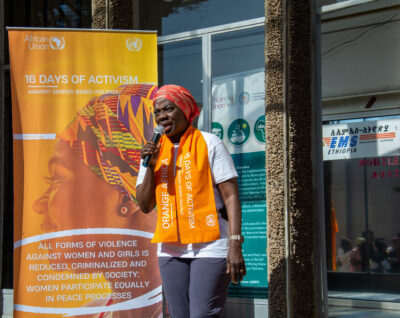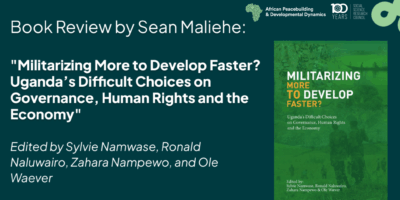The international turn in intellectual history, which David Armitage announced in 2014, has evolved into a surge of publications on the global, international, and transnational aspects of the history of ideas. The migration of concepts around the world and moments of conceptual conjunction in history have attained growing attention from historians. Although methodological nationalism had never been the only option for writing the history of a specific country or society, it seems that now an international perspective is indispensable for explaining the political, cultural, or economic history of any given country. Historians seek to put their finger on the complex, dynamic moments which generate and reverberate influential ideas around the world. The patterns of relationship between different social, cultural, and political spheres, and the exchanges that lead to the evolution of ideas and concepts across national boundaries, have become increasingly appealing to historians of all creeds. Udi Greenberg’s The Weimar Century: German Émigrés and the Ideological Foundations of the Cold War can be read as a contribution to this growing literature on international intellectual history.
Latest posts
Trumping reality
Why those who support Trump do so can be captured by perspectives on income, not income itself; by perspectives on race and immigration, not by racial identity; by a sense that everybody…
God in the Enlightenment
by Simon BrownIn a speech before the Brexit vote, Boris Johnson offered a controversial historical pedigree for his campaign to leave the European Union. He insisted that the Leave campaign members were not all backward Little Englanders but rather deserved the reputation as the real upholders of the “liberal cosmopolitan European enlightenment.” He and his colleagues inherited the tradition, he claimed, because they too were “fighting for freedom.” An interview Johnson gave a year earlier, when he claimed that London and Paris shared a commitment to “enlightenment and freedom,” offers some indication about what that “freedom” entailed. He described how these values assured the right to open expression, even when that expression might critique religions and provoke “would be . . . jihadis.” Johnson’s evocation of the Enlightenment testifies to the continual contest over its political meaning and to its deep associations with anti-religious critique. The contributors to God in the Enlightenment, edited by William Bulman and Robert Ingram, offer nuanced narratives to articulate a “usable” Enlightenment whose meaning can help us arrive at a more sophisticated understanding of the relationship between religion and secularity in public debate.
An exceptional tradition? The Jesuits in the world
In September of this year, the president of Georgetown University, John DeGioia, issued a formal apology for the 1838 sale of 272 slaves. When compared with other universities built on the backs…
Beyond the Secular State? Secularism, Empire, and Hegemony
by Mohamed Amer-Meziane and Etienne BalibarMonday, November 14, 6:15 to 8:00 p.m. 403 Jerome Greene Hall, Columbia University Three orders of questions regarding secularism—genealogical, philosophical, and political—will be envisaged during an upcoming public debate at the Institute for Comparative Literature and Society (ICLS) at Columbia University. Talal Asad, Mohamed Amer-Meziane, and Etienne Balibar will be speaking on these questions in the conversation titled, “Beyond the Secular State? Secularism, Empire, Hegemony.”
Religion in nation-building and nation-changing
by Peggy LevittThe articles by Rogers Brubaker, Genevieve Zubrzycki, and Muhacit Bilici are all about the religious and secular self, and the religious and secular other, and about the relationship between the secular and the religious in processes of nation building, national rebranding, or nation repositioning. They are also about how nations and religious communities are constructed transnationally and about how that intersects with nation-building and nation-changing processes. So how do these three analyses fit together and what do they tell us about religion and nationalism? They are all about how ghosts or religious traces stay within the secular: How Catholicism stays present in Quebec and Christianity stays present in the Netherlands. But what more can we say about these ghosts? When are they bright and frightening, and when are they barely visible? What difference does it make when they are majority or minority? In Zubryzycki’s case, Jews are desirable and undesirable. For some, they are— along with secularists and communists—not fit for national belonging and, for others, they are a part of history that must be rescued because their perceived cosmopolitanism promotes a civic and secular version of the polity. So what would we gain by theorizing the different registers, valences, or traces of the religious in the secular—their visibility, invisibility, their size, the comfort or discomfort they invoke?













